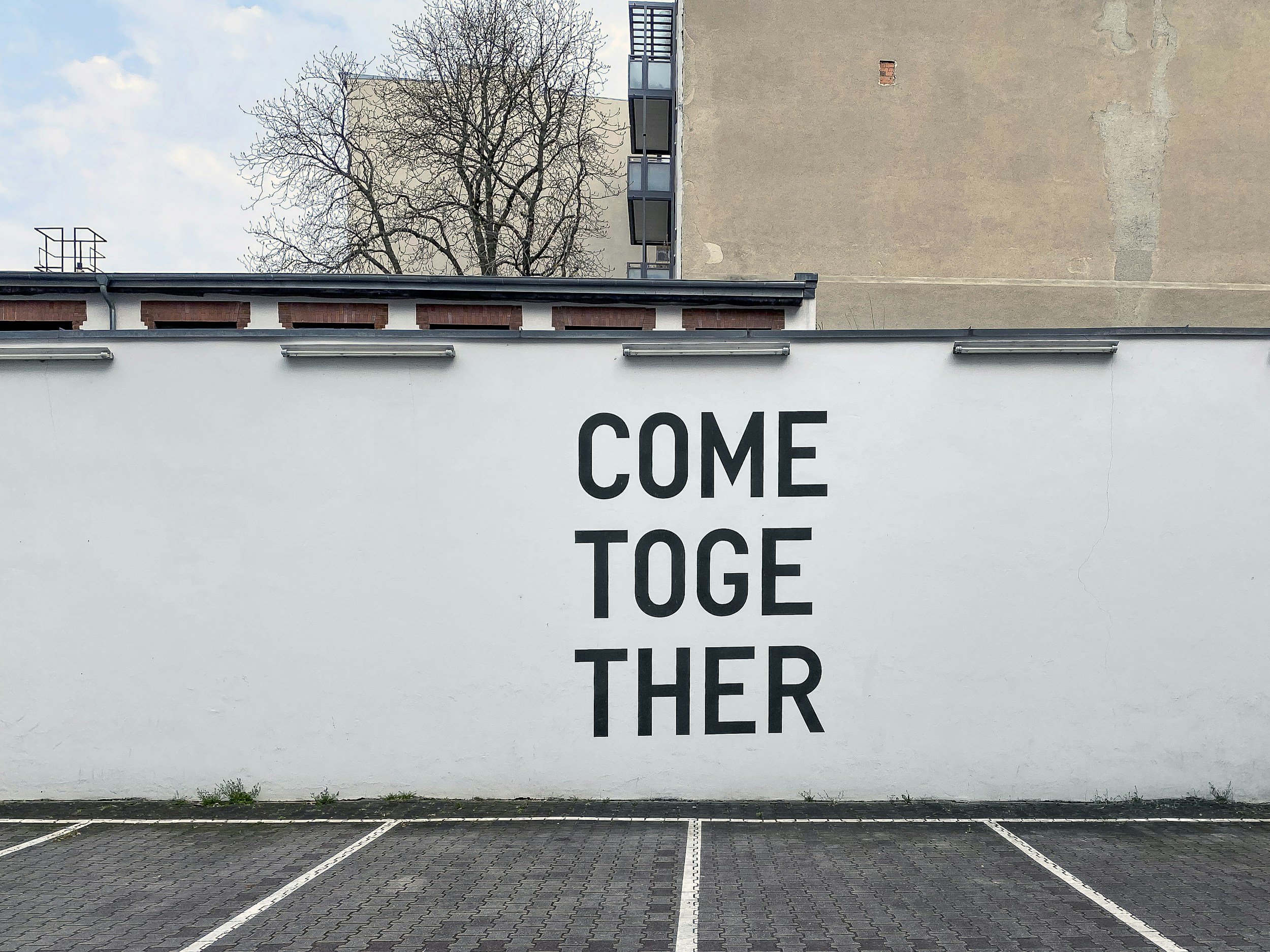Beyond Attendance: Building Genuine Connection in Communities
April 10th, 2025
NOTICING AND WONDERING
This week I had the honor of delivering the keynote at GCUC (Global Coworking Unconference Conference), the largest gathering of coworking professionals in the world. Throughout the event, I engaged with countless operators who share a common passion: creating spaces that foster genuine connection and community. These conversations parallel what I hear from many leaders.
I noticed something interesting in these conversations. While operators (like many well-intentioned leaders) invest significant time and resources into programming intended to build community, many expressed frustration with lower-than-expected attendance and engagement. The passion and intention were clearly there - but something was getting lost in translation.
I wondered why this disconnect exists. Is it possible that we're designing programming based on what we think members / employees / customers need rather than what they actually want? Are we differentiating between events meant for education versus those designed specifically for connection? And perhaps most importantly: how are we measuring whether our efforts are actually strengthening the sense of community we're trying to build?
When we really break it down, creating connection-centered programming isn't just about scheduling activities - it's about intentional design that aligns with both member needs and the core values of your space. It's observable. It's measurable. And in coworking communities, it's essential.
If I schedule networking events without understanding members' actual networking goals, engagement weakens. If I say community is our priority but design programming focused only on professional development, connection weakens. If I claim to value member input but never solicit or implement their feedback, trust weakens.
In contrast, when programming consistently reflects both stated community values and member needs - when events create the right conditions for relationship-building, when success is measured beyond attendance numbers, when feedback loops are closed - we build thriving communities. Not through forced activities but through thoughtful facilitation of genuine connection.
That matters, especially in coworking spaces where the product is not just physical space but belonging. Members don't need to participate in every program - but they do need to feel that the community understands and serves their needs.
I wondered how all of our communities would shift if we collectively redefined programming success, not as how many people showed up, but as how meaningfully they connected.
What if successful programming wasn't something we hoped for, but something we systematically designed for?
What if instead of focusing solely on attendance metrics, we focused on whether our events were connection-building - or connection-hindering?
What if every coworking operator or leader asked themselves monthly, "Did our programming deepen the connections that members / employees / customers value most?"
When we shift our lens, we shift how we create community. Connection becomes less of a happy accident - and more of an intentional outcome.
And when these outcomes are achieved, we increase social wellness, wellbeing, and performance. Because we are hardwired for connection and social by nature, when we get the relational aspects of work right, people thrive. This is true for coworking and beyond.
A QUOTE TO THINK ABOUT
“When we don’t examine the deeper assumptions behind why we gather, we end up skipping too quickly to replicating old, staid formats of gathering.”
DEEP-ish QUESTIONS
Where in my programming calendar am I assuming what members / employees / customers need rather than directly assessing their connection goals?
Which community program has created the most natural connections among people and why? What specific elements made that possible and how can I replicate those intentionally?
Are there types of programming I avoid because I assume members / employees / customers won't participate? What might shift if I co-created these opportunities with them rather than designing them alone?
SOMETHING TO TRY
The Connection Program Assessment
After your next community event, invite participants to anonymously respond to the following three statements using a 1–5 scale (1 = strongly disagree, 5 = strongly agree):
During this event, I formed or strengthened at least one meaningful connection with another member.
The format of this event made it easy and comfortable to connect with others.
This event aligned with the specific type of community I'm looking for in a coworking space / at work (depending on your context).
Then ask one open-ended question:
What's one thing that would have made connecting with others even easier during this event?
Track these responses over time to see patterns in what truly facilitates connection in your specific community versus what merely fills the calendar.
CASE CONSULTATION
Question: We've tried hosting happy hours, lunch & learns, and networking events, but attendance is inconsistent and some members never participate at all. Are we doing something wrong?
Dr. Bobbi: This is a perfect opportunity to shift from programming-focused to connection-focused thinking - an essential transition for any thriving coworking community.
Here's how you might approach this challenge using intentional design principles:
Start with assessment, not assumption: Before planning your next quarter of events, survey members about their specific connection goals. Are they seeking professional collaborators, informal friendships, learning opportunities, or something else entirely?
Differentiate your connection strategies: Not all community-building looks the same. Some members may prefer structured networking, while others connect more naturally through casual, recurring touchpoints or shared projects. Design your programming portfolio to reflect this diversity.
Redefine success metrics: Instead of counting heads, measure relationship formation. After events, follow up to see if participants exchanged contact information, scheduled follow-up conversations, or discovered unexpected commonalities.
Create connection infrastructure: Sometimes the most meaningful community-building happens when you create the conditions for organic connection rather than formal events. This might look like comfortable common areas, member spotlights, digital platforms for asynchronous connection, or facilitated introductions between members with complementary interests.
ANNOUNCEMENT
Groops: From Assessment to Implementation - Building Meaningful Connection
Is your community struggling with engagement despite your best intentions? Groops offers a comprehensive approach to building genuine connection:
We Assess - Using psychology-based tools to measure current connection levels and identify specific community / organizational needs
We Strategize - Developing custom programming aligned with your values and community goals
We Implement - Creating and facilitating experiences purposefully designed for meaningful connection
We Provide Insights - Offering ongoing measurement and feedback to refine your connection strategy
Let Groops help you transform your approach to community building - moving from hoping for connection to systematically designing for it.
Request more information here.
Thanks for reading and keep on connecting.
Best,
Bobbi
Bobbi Wegner, Psy.D.
Founder and CEO of Groops: helping teams feel and function their best
Lecturer at Harvard University in Industrial-Organizational Psychology
If you are curious about a workplace dynamic or issue, send me an email at drbobbiwegner@joingroops.com and I will anonymously post it and respond. If you are thinking it, others are too. We can learn from each other. Also, if you are curious about the cohesion and health of your team, book a complimentary 30-minute consultation HERE with one of our Groop Guides.


